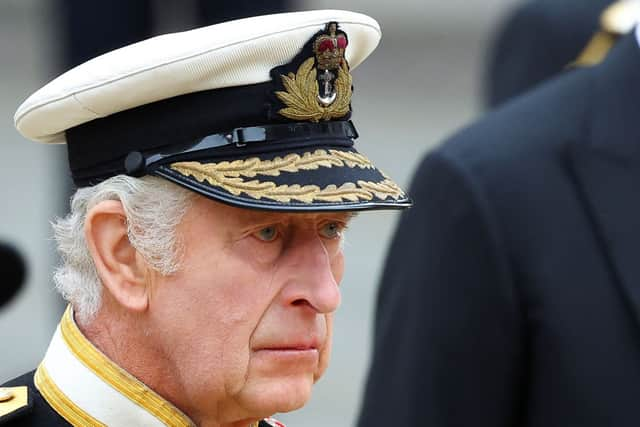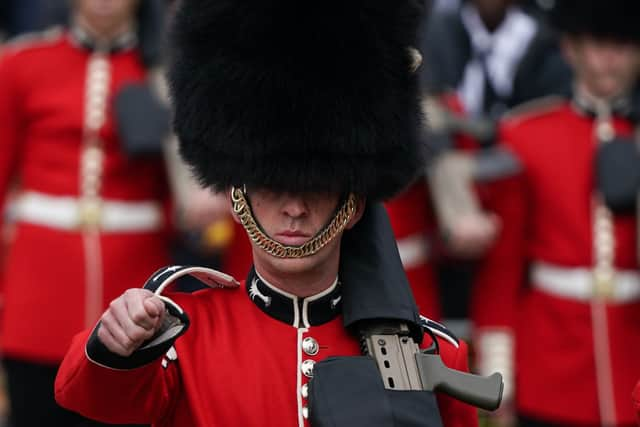When is King Charles III’s actual birthday? How old is he and what is date of his real birthday
and live on Freeview channel 276
King Charles III‘s is preparing for his first Trooping the Colour since being crowned.
It will be his first official birthday since succeeding his mother Queen Elizabeth II in September last year. As part of a centuries-old tradition, UK monarch celebrate their birthday twice a year.
Advertisement
Hide AdAdvertisement
Hide AdHe has already had one birthday since beginning his reign last September, with another set to take place this month.
So, why does the King get two birthdays - and what is the tradition’s connection to the Trooping of the Colour? Here’s everything you need to know.
How old is King Charles III?
King Charles III became the UK’s oldest new monarch in history when he acceded the throne following the death of his mother. He was aged 73 years and 298 days old when Elizabeth II passed away on Thursday 8 September.
His actual birthday, which has now become his ‘unofficial’ birthday, is 14 November. It means he is currently aged 74-years-old.


When is his actual birthday?
King Charles III’s actual birthday is on 14 November.
Will King Charles get second birthday?
Advertisement
Hide AdAdvertisement
Hide AdThe reason why King Charles III’s actual birthday has become his ‘unofficial’ birthday is that he has decided to continue the tradition of the UK’s King or Queen celebrating an additional ‘official’ birthday. This slightly confusing arrangement has been in place since King George II was on the throne in 1748.
Like Charles III, King George’s actual birthday was in November. The time of year meant he could not have the big public celebration he craved, so he gave himself another birthday that coincided with the Trooping the Colour - an annual military parade held in the summer.
For most of the 274 years since then, the ruling British King or Queen has had two birthdays. The practice was standardised during the reign of Queen Victoria’s successor - King Edward VII. The Queen kept the tradition alive, initially opting for the second Thursday in June before changing it to the second Saturday of June in 1959.
More confusingly still, some Commonwealth countries marked the Queen’s official birthday at different times. And within these nations, certain regions had their own official birthday dates for the British monarch. For example, across most of Australia there is a public holiday to mark the King or Queen’s on the second Monday of June. But in Western Australia, this holiday is celebrated in either September or October.


Advertisement
Hide AdAdvertisement
Hide AdIn New Zealand, the Queen’s official birthday was the first Monday in June, while in Canada, it was in May. King Charles III has opted to mark his official birthday on the third Saturday of June. It means it will take place on 17 June this year.
Comment Guidelines
National World encourages reader discussion on our stories. User feedback, insights and back-and-forth exchanges add a rich layer of context to reporting. Please review our Community Guidelines before commenting.
